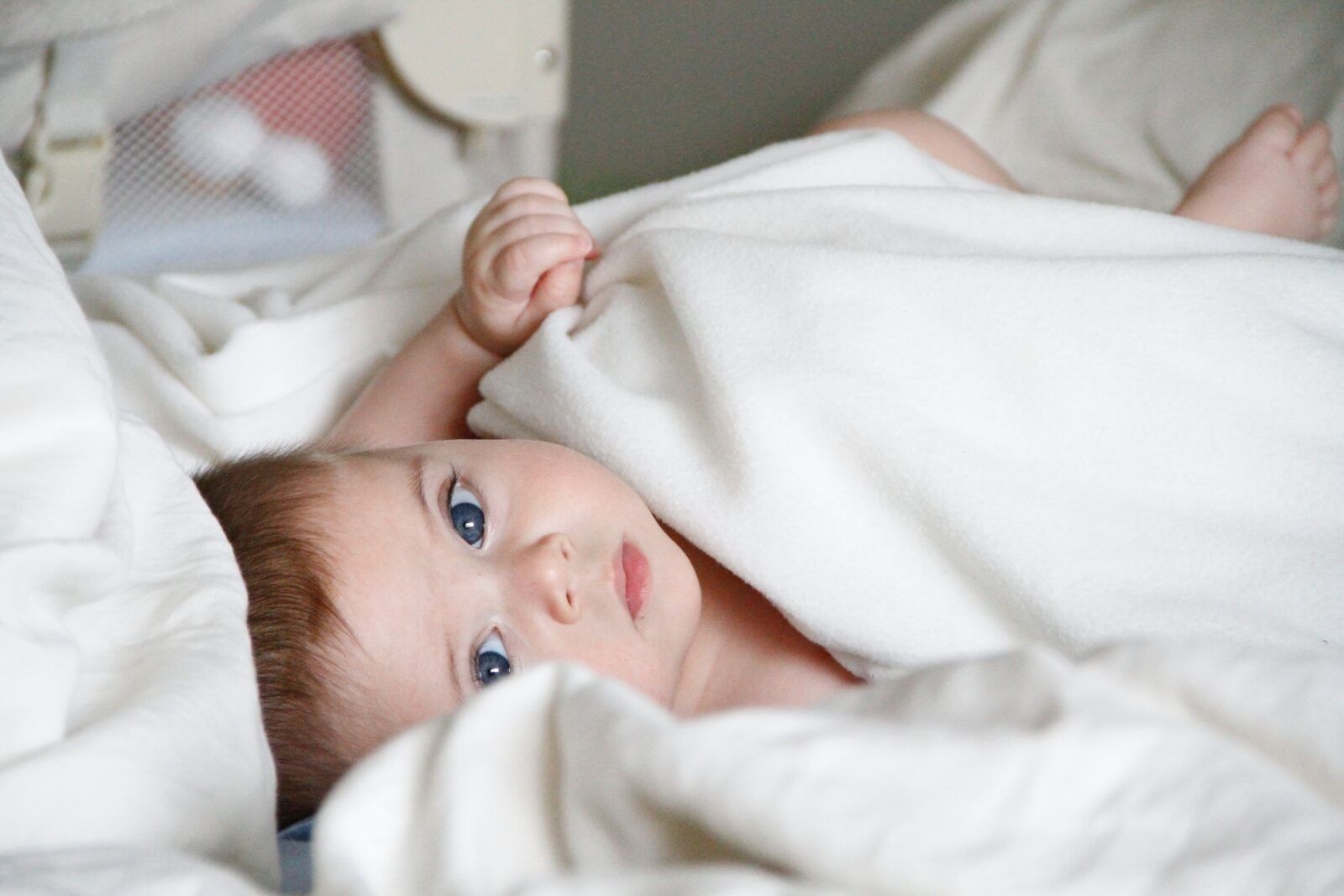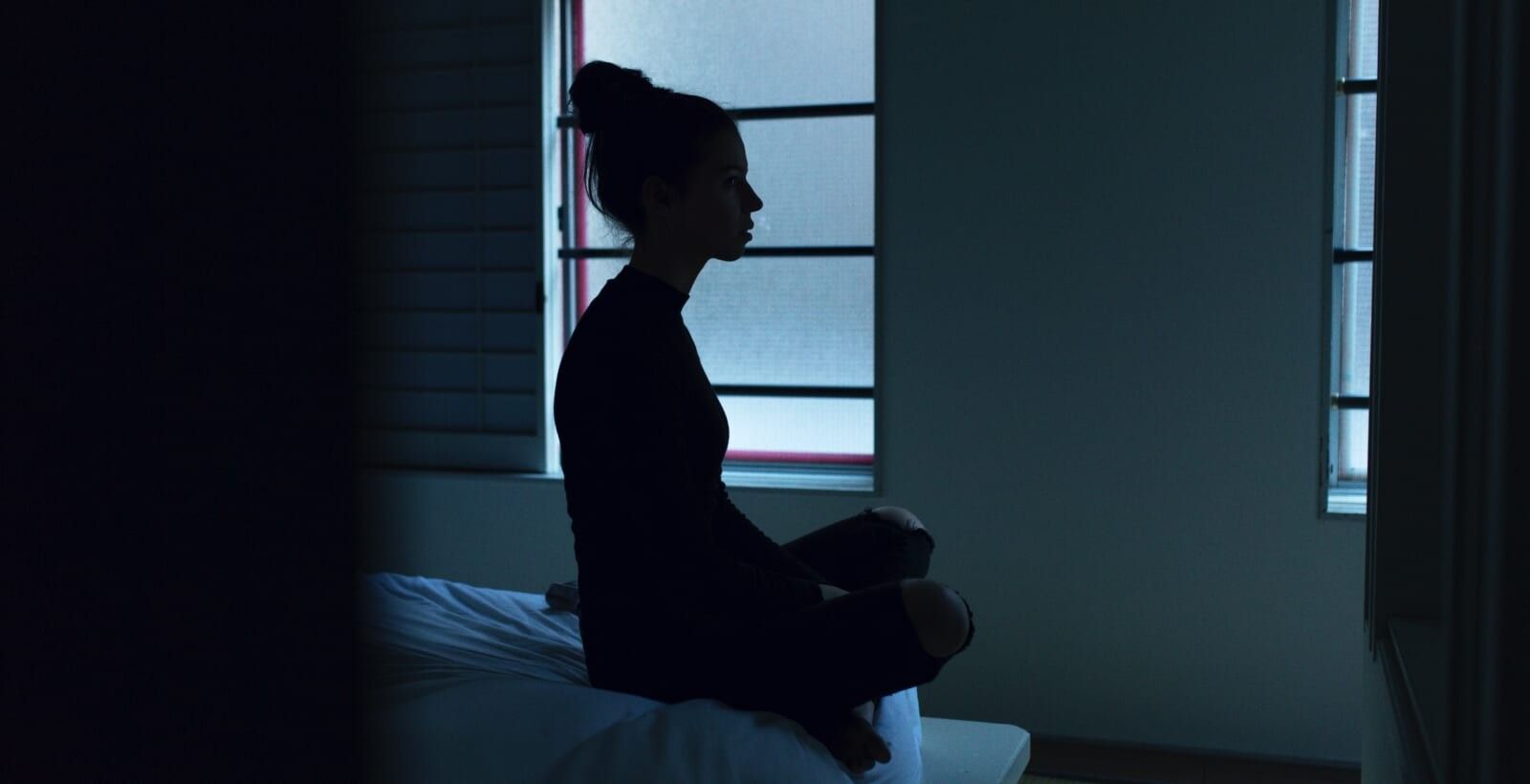
Babies With “Bubble Boy” Disease Get New Lease on Life Thanks To Amazing Cure
There’s nothing more devastating than the loss of a child. For far too many children, the rare genetic disease called severe combined immunodeficiency syndrome, or SCID, has been a death sentence – often within the first two years of life.
Until now, when some hope has been found via the amazing doctors at St. Jude’s, and the cure that came from a most unexpected place.
“The children are cured,” said Ewelina Mamcarz, one of the doctors who led the study at St. Jude Children’s Research Hospital. “They came to us as little infants, some of them as young as 2 months, with severe infections. Now they are home, living normal lives, attending daycare.”
While the babies won’t need monthly injections, it remains to be seen if the cure is truly permanent.
Omarion Jordan, who turns 1 later this month, One of the babies who was treated by the gene therapy in December is Omarion Jordan. The one-year-old was injected with a virus that delivered a gene he lacked, which was causing severe combined immunodeficiency syndrome, or SCID.
“For a long time we didn’t know what was wrong with him. He just kept getting these infections.” Omarion’s mom, Kristin Simpson said it “was just heartbreaking … I didn’t know what was going to happen to him.”
As a result of his gene therapy, Omarion has a normal immune system now. “He’s like a normal, healthy baby,” said Simpson. “I think it’s amazing.”
The results of the study on the treatment — which was pioneered by the late Dr. Brian Sorrentino — were recently published in the New England Journal of Medicine.
Remembering her colleague, Dr. Mamcarz told NBC News: “This trial is his life’s work.”
SCID prevents bone marrow from making functional blood cells, which make up the immune system. The syndrome is seen in roughly 1 in 200,000 newborns, almost exclusively male. Left untreated, SCID is usually fatal within the first few years of life. Without a functional immune system, loss of life can be caused by something as common as cold.
The syndrome first became known as “bubble boy” disease in the 1970s, when a boy afflicted with SCID lived 12 years in a protective plastic bubble to shield him from the world. He then got a bone marrow transplant, which can cure the disease if successful, but is very risky. Unfortunately, the first “bubble boy” lost his life.
When the doctors decided to try gene therapy, it was risky too. Past attempts led to children developing leukemia later, if they survived. This time, however, normal levels of healthy immune system cells developed in eight baby boys.
“So far it really looks good,” said Dr. Anthony Fauci, head of the National Institute of Allergy and Infectious Diseases, which assisted with the development of the gene treatment.
As research and trials continues on this cure, and as the former “bubble boys” continue to be monitored for any further health issues, doctors hope its concept can eventually spread to more common diseases, like sickle cell disease.
Here’s hoping for more (not so) little miracles thanks to the hard work and ingenuity of the medical community.



